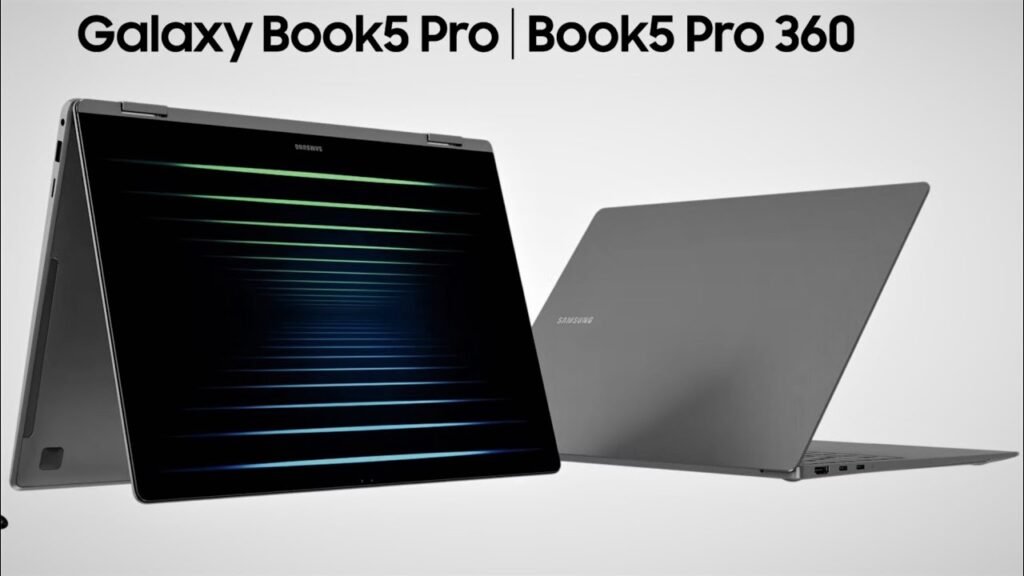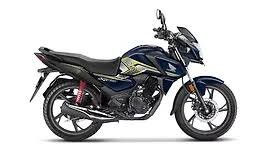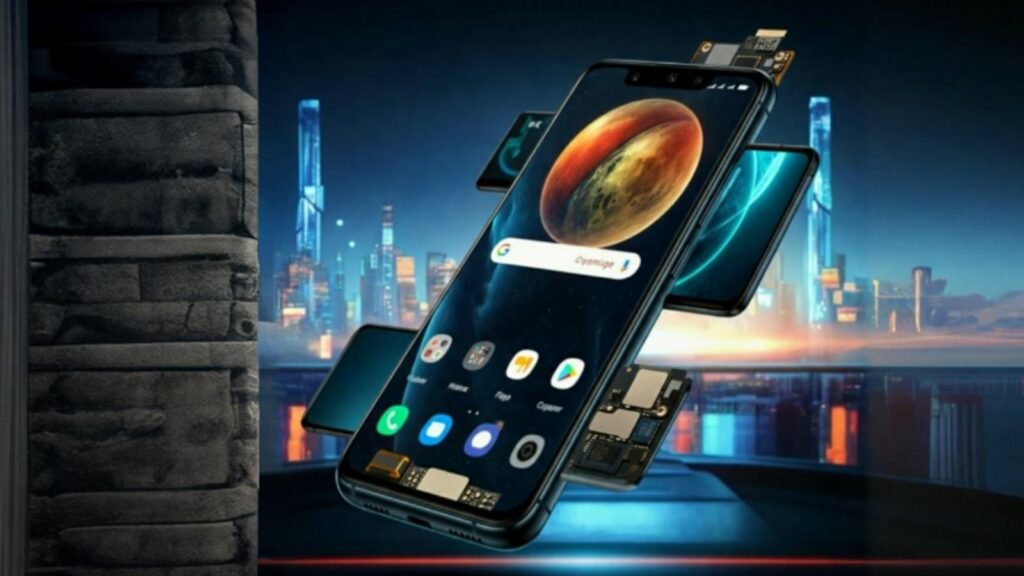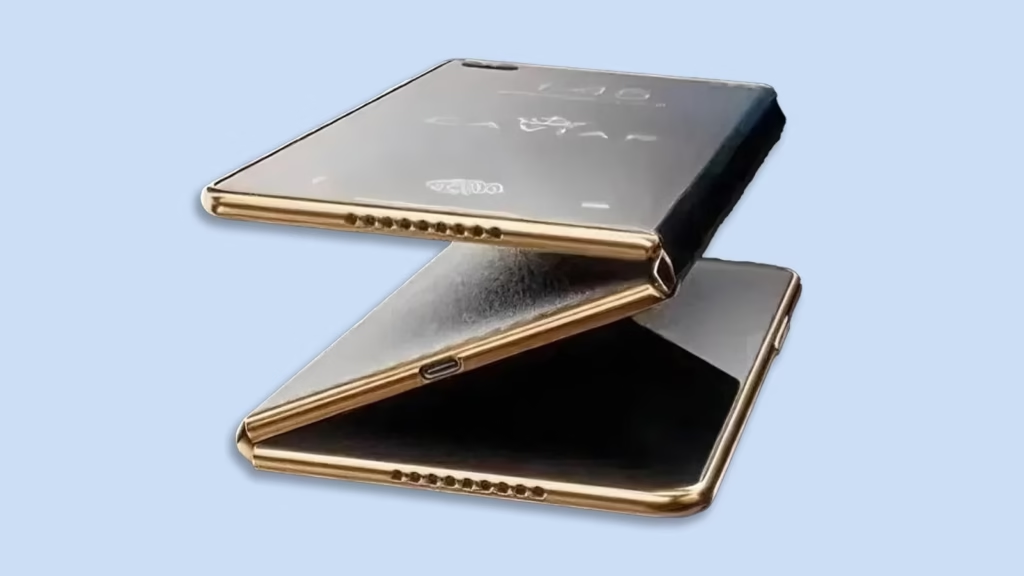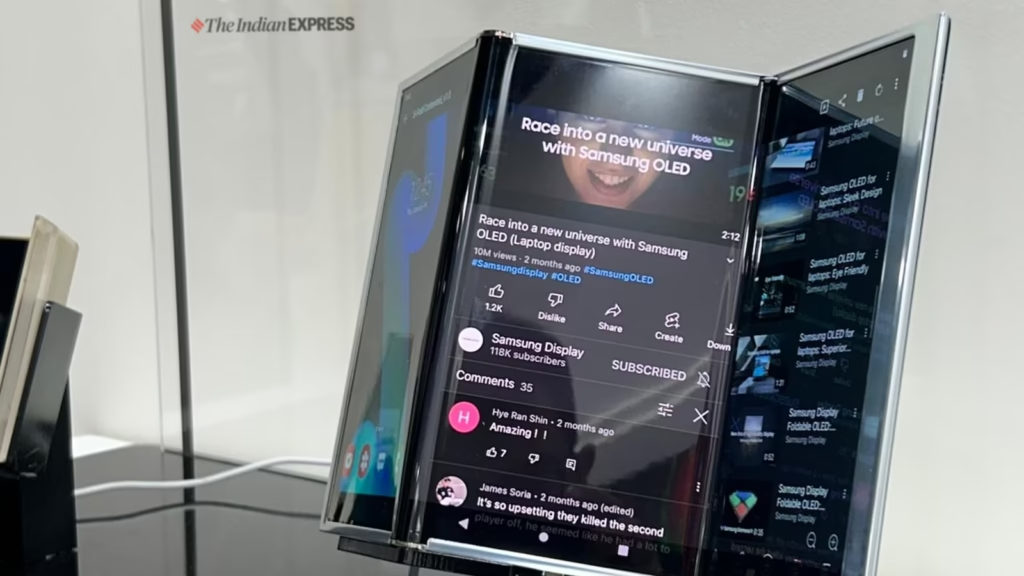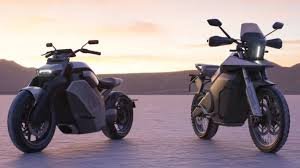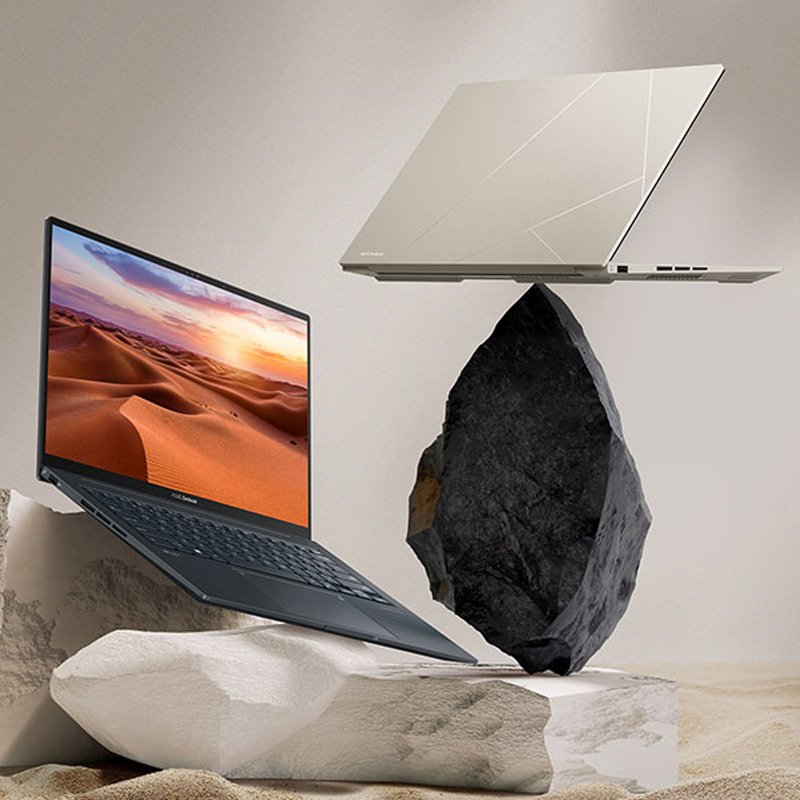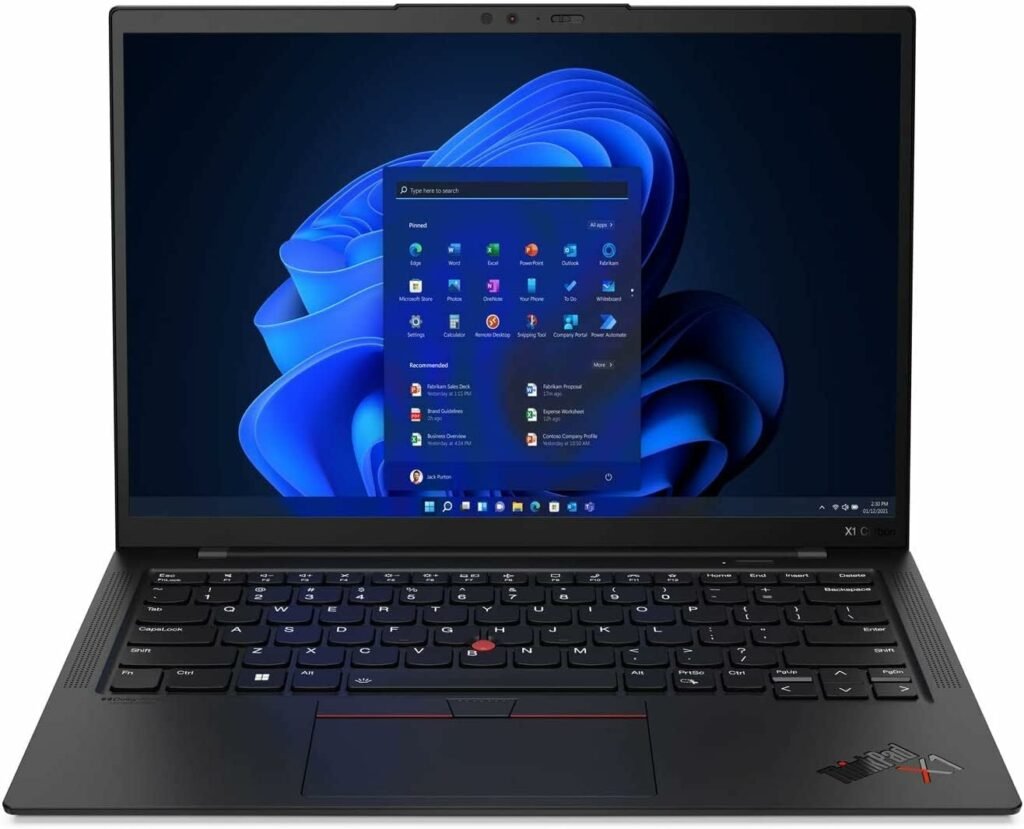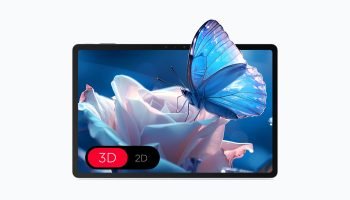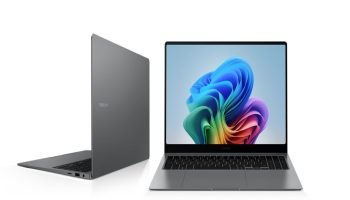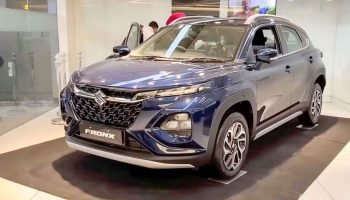Best Smart Laptops for Every Budget – 2025 Buyer’s Guide
In today’s fast-paced digital world, a smart laptop isn’t just a luxury—it’s a necessity. Whether you’re a student, creative professional, gamer, or business user, 2025 offers a wide range of smart laptops that combine AI-powered features, sleek design, and reliable performance—without breaking the bank. In this 2025 Buyer’s Guide, we’ve selected the best smart laptops for every budget, so you can find the perfect device without overspending. 💸 Budget-Friendly (Under \$600) 1. Acer Aspire 5 AI Edition Perfect for students or casual users, this affordable smart laptop features a 13th-gen Intel Core i5, built-in AI battery optimization, and a Full HD display. Why It’s Smart: AcerSense software automatically adjusts performance based on your usage. Best For: Students, home users, light productivity 2. Lenovo IdeaPad Slim 3 AI With a Ryzen 5 processor and lightweight chassis, the IdeaPad Slim 3 brings smart features like AI-enhanced noise cancellation for calls and a battery-saver mode. Why It’s Smart: AI-driven background noise filtering and adaptive brightness. Best For: Remote learners, budget-conscious professionals 💰 Mid-Range (\$600 – \$1,200) 3. HP Pavilion Plus 14 (2025) A well-rounded choice with a brilliant OLED display, Intel Core Ultra processor, and Windows Copilot AI tools. Why It’s Smart: Smart Sense technology manages system performance based on workload. Best For: Remote work, digital multitasking, content streaming 4. Asus Vivobook S 15 AI Featuring Qualcomm’s Snapdragon X Elite chip and built-in AI for power management, this laptop is optimized for long battery life and productivity on the go. Why It’s Smart: AI dynamically shifts power usage and boosts app performance. Best For: Professionals, content creators, frequent travelers 5. Apple MacBook Air M3 (2025) Apple’s newest MacBook Air includes the powerful M3 chip and on-device AI for faster image editing, voice-to-text, and adaptive app usage. Why It’s Smart: On-device intelligence with macOS Sequoia and Neural Engine. Best For: Creatives, students, light video editing 💼 High-End (\$1,200 and up) 6. Dell XPS 14 AI Plus A premium laptop featuring Intel Core Ultra 9, AI-enhanced display settings, and privacy controls. Its minimalist design houses high performance and top-tier battery life. Why It’s Smart: AI optimizes cooling, screen settings, and background apps. Best For: Power users, coders, professionals on the move 7. Microsoft Surface Laptop 6 Equipped with a dedicated AI processor, this sleek machine uses real-time voice transcription, smart window snapping, and enhanced Copilot functions. Why It’s Smart: Native integration with Windows 11 AI features. Best For: Business users, hybrid workers, note-takers 8. Razer Blade 16 AI Studio Edition A beast for creators and gamers, the Blade 16 includes AI-powered graphics rendering and performance tuning with the latest RTX 5090 GPU. Why It’s Smart: AI-assisted fan and GPU optimization for intensive tasks. Best For: Gamers, video editors, animators 🛍️ Final Thoughts Smart laptops in 2025 come in all shapes and prices. Whether you’re on a tight budget or ready to invest in a powerhouse, there’s a smart device ready to meet your needs. Look for features like AI-enhanced battery life, noise reduction, adaptive performance, and built-in virtual assistants to get the most value for your money. Need help choosing? Explore more guides and comparisons at MDSEOTools.info for expert insights on smart tech.
